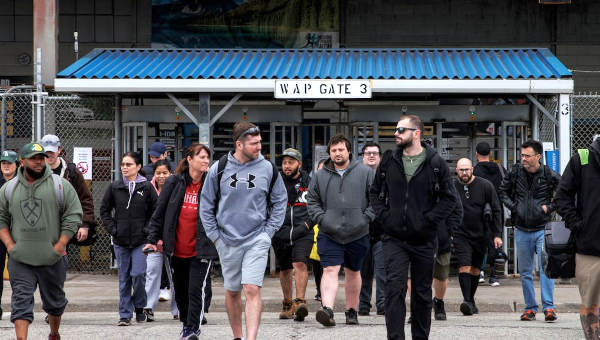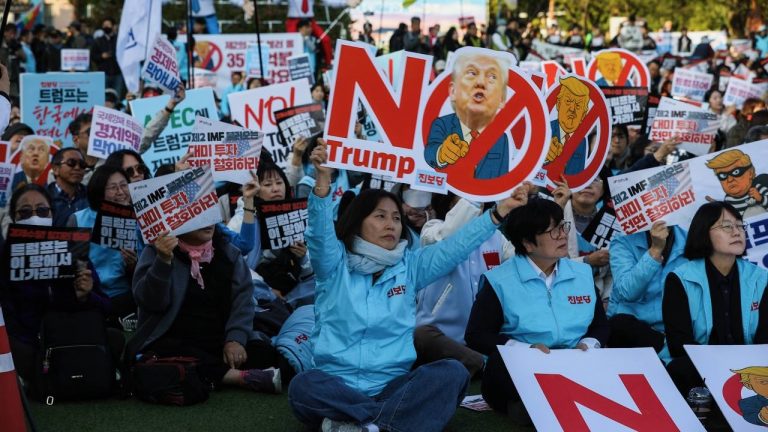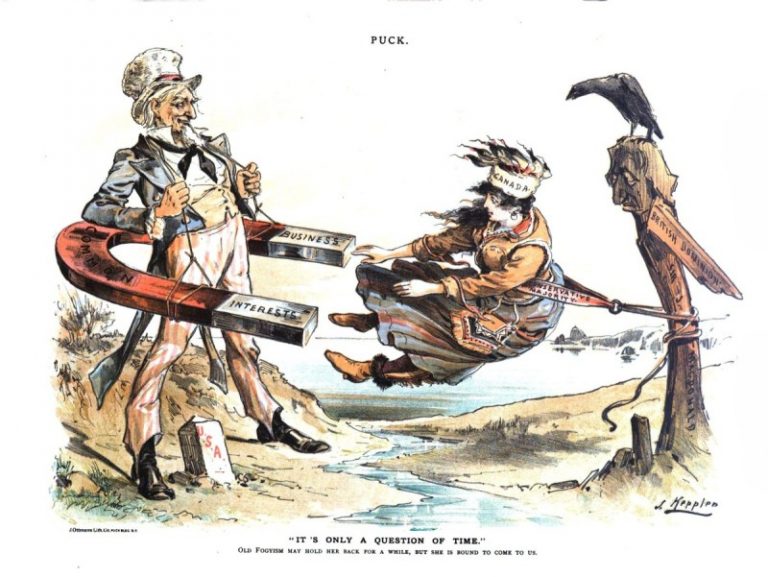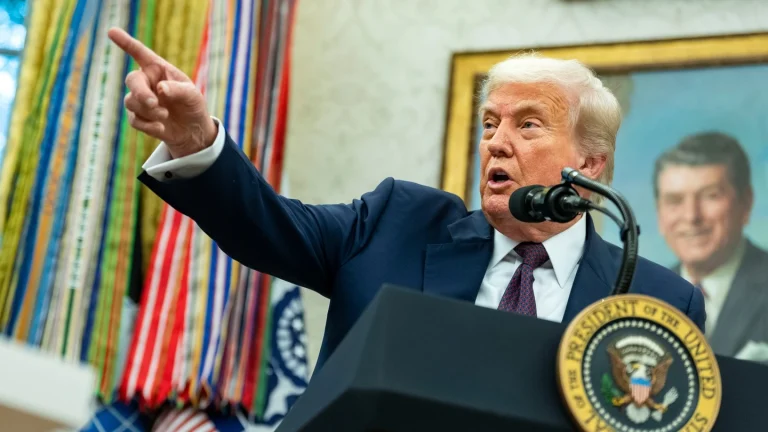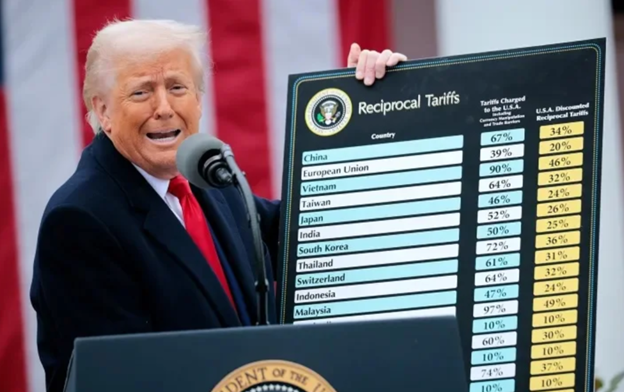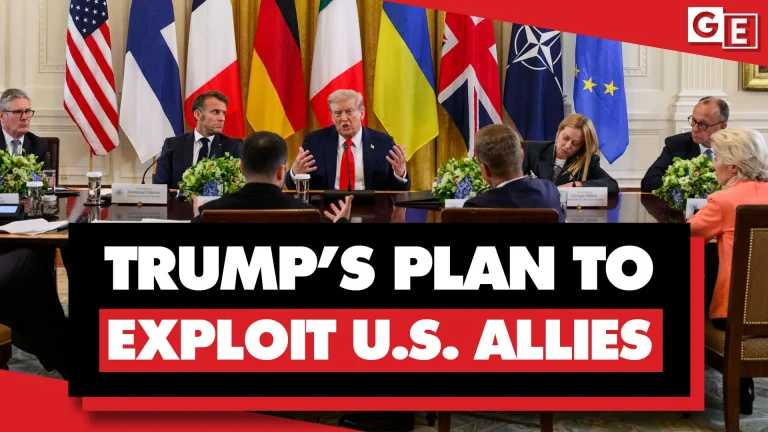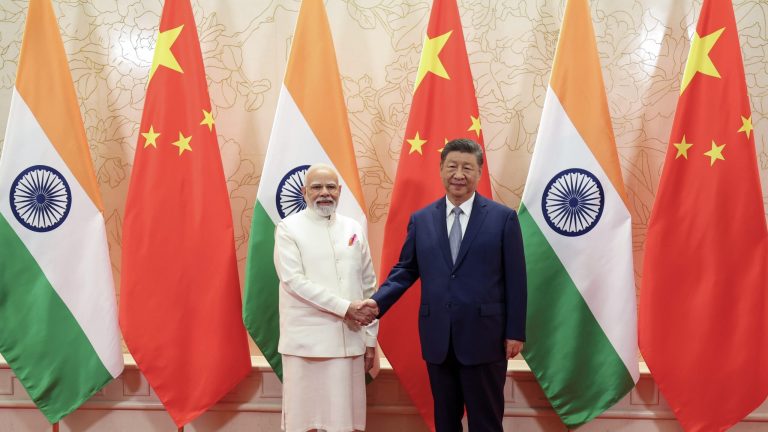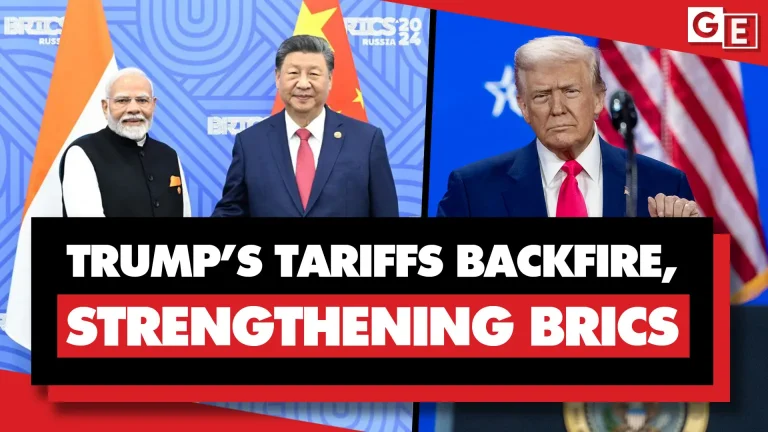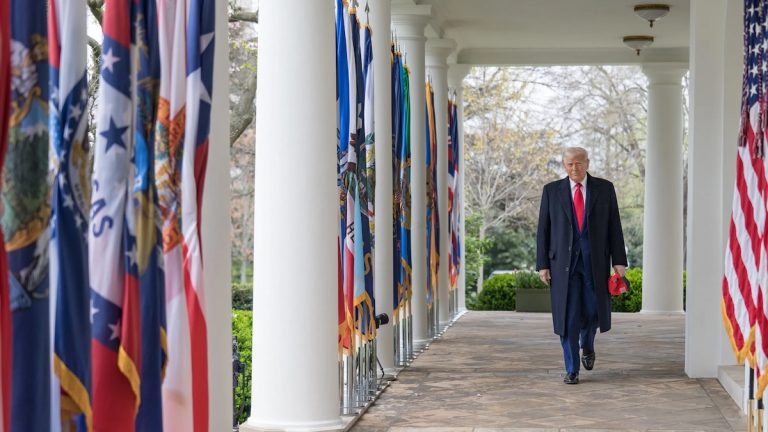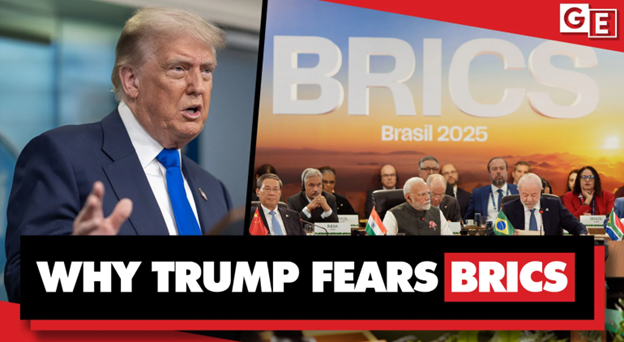Canadian Auto Isn’t In ‘Crisis’, It’s In Danger Of Extinction
Canadian autoworkers have faced many crises over the years, but the present threat is distinct. Lana Payne, President of Unifor, has warned that “If we don’t push back hard against him [US President Donald Trump] and against these companies, we’re going to lose it all.” So far, the debate over what to do has started and stopped with Trump’s tariffs. But the threats go deeper, both for auto companies and for our ability as workers and citizens to determine democratically what kind of society we want – that is, for Canada’s substantive and not just formal sovereignty.

